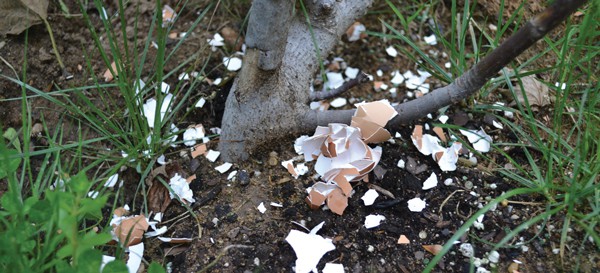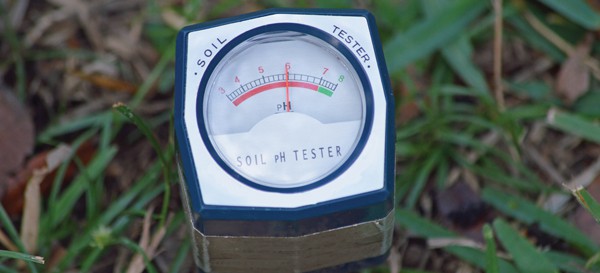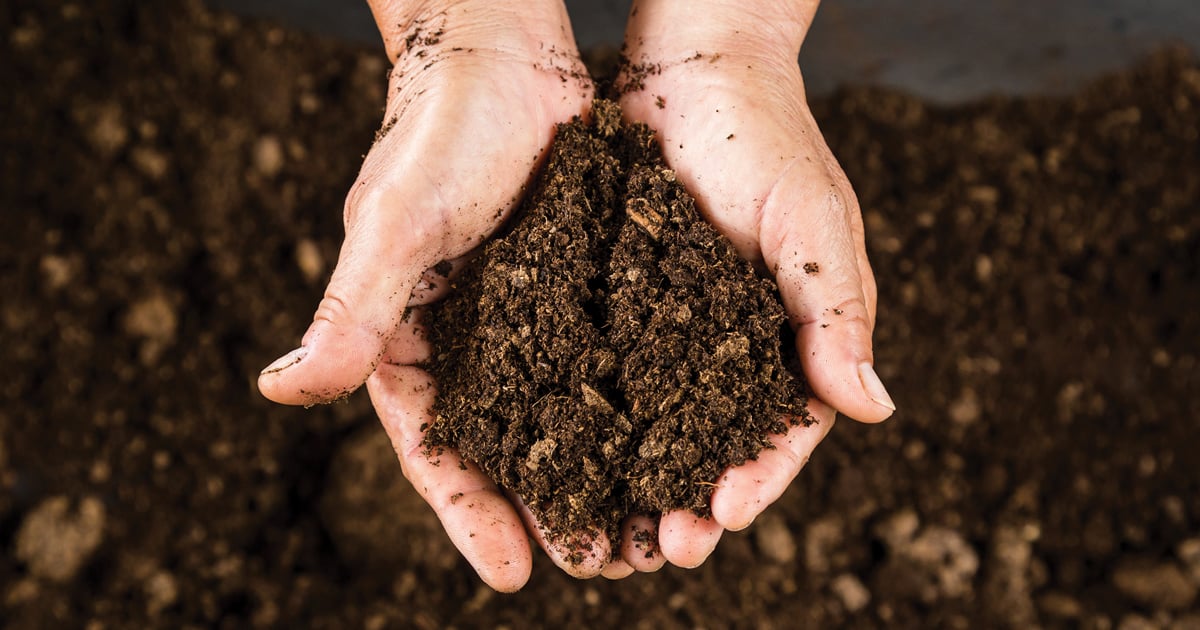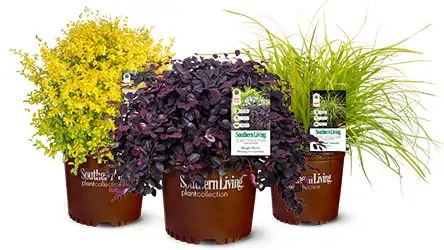Just as the secret to a great soup lies within a rich broth, the vigor of a garden hides within its base. A good cook takes time to prepare homemade stocks from which soups are built. In the garden, building and nourishing soils is the key to growing beautiful and healthy gardens. And just as in cooking, time is a critical element of success.
To build healthy garden soil, mix two parts minerals to one part water and one part air. Sprinkle with organic matter. Allow time for nutrients to become available and then add plants. Okay – so building healthy soil is not quite as simple as following a recipe, but there are many similarities, such as measuring and mixing components. And, did I mention time?

Ingredients
Every great recipe has its secret ingredient – the one that makes Grandma’s spice cake stand out from the rest. With soils, the secret ingredient is organic matter. Derived from decomposed plant and animal residues, organic matter plays many roles. Think of organic matter as the magic elixir of soil, it loosens clay soils and increase the water-holding capacity of sandy soils. Organic matter improves soil structure, improving the movement of water and air throughout the soil. It also feeds important microorganisms and provides nutrients to plants. A soil without organic matter is like a cake without a leavening agent – it simply will not rise to the occasion. And, as a cake needs time to rise, raw organic materials such as straw, manure, grass clippings, and leaves require time to decompose into useful organic matter in the soil. It is best to add organic materials to soil in autumn to allow residues to decompose and become available to plants the following growing season. Compost that is already decomposed and can be added in fall or spring.
Season to Taste
Just as different people prefer more or less salt in a dish, plants have different soil needs, particularly with regards to soil pH. Nutrients are most readily available to plants when soil pH values are between 6.0 and 7.0. However, certain conifers, most broadleaf evergreens, maples, oaks, and sweetgum grow best in acidic soils with a pH between 5.5 and 6.0. Other plants such as viburnum, hydrangea, and lilac grow best at neutral (7.0) to slightly alkaline soil pH values. Soil pH can be altered to best suit plant needs. Sulfur is incorporated into soil to lower pH, thus making the soil more acidic. To increase pH, amend soil with lime.
Test Your Soil

Soil pH takes several months to stabilize and can change over time. Begin amending soils in fall for spring planting and continue to check soil pH yearly, making adjustments as needed. Application rates will depend upon the area being treated and the desired change in pH. Start with a soil test to determine existing soil pH and identify potential nutrient deficiencies. A soil sample can be taken to your local county extension office.
Special Instructions
To preserve soil structure, avoid working wet soils. You can determine if the soil is dry enough to work by squeezing a handful of soil lightly in your hand. If the soil sticks together in a ball, it is too wet; if it crumbles easily, it is dry enough to work.






